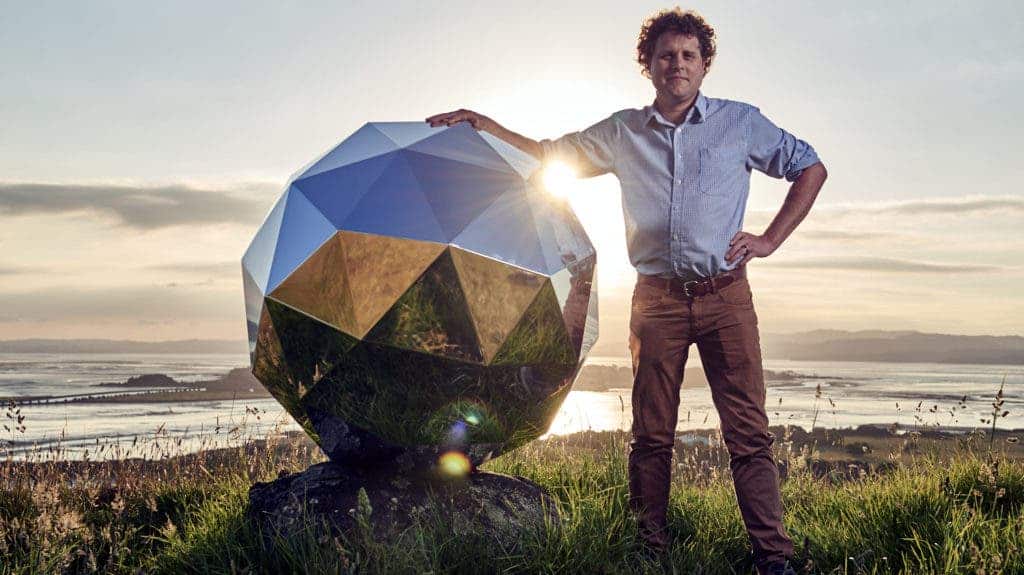
An up-and-coming aerospace company from New Zealand made history last week when it deployed what can only be classed as a giant disco ball, of all things, into Earth’s low orbit. The flashing strobe was launched with Electron — a two-stage orbital launch vehicle developed over the last decade by Rocket Lab — alongside a less artistic payload comprised of two commercial satellites.
Turning the planet into a huge planet
Rocket Lab says that the art project called Humanity Star, which was launched on January 21, should now be the brightest object in the night sky. Although it’s now visible between latitudes between 46° north and 46° south, people in mainland United States will eventually be able to see the cosmic disco ball with the naked eye. In time, the object’s orbit will tilt and, provided that the observer and the orbiting strobe are perfectly aligned, almost the entire world will be able to see Humanity Star at night and dawn. Such favorable conditions will occur from March onward.
“No matter where you are in the world, or what is happening in your life, everyone will be able to see the Humanity Star in the night sky,” Rocket Lab CEO Peter Beck said in a statement. “For us to thrive and survive, we need to make big decisions in the context of humanity as a whole, not in the context of individuals, organizations or even nations. …We must come together as a species to solve the really big issues like climate change and resource shortages.”
The carbon-fiber geodesic sphere is a little over a meter (3.3 ft) in diameter and is covered in 65 highly reflective panels. Because of its 90-minute polar orbit, the satellite will also be visible to a lot of people.

The New Zealand engineers also took space junk into consideration. Instead of launching new litter into space, the team behind the iridium sphere were careful to set it on a nine-month orbit that will eventually return it to the atmosphere where the satellite will disintegrate. For the curious, there’s a tracking app on the Humanity Star website which you can use to make it easier to spot the sphere.
Of course, Humanity Star isn’t the only man-made object orbiting the Earth which is visible to the naked eye. A classic example is the International Space Station (ISS), which is the size of a football field and whose extended solar panels shine brightly in the sun. Humanity Star, however, flies at a far lower orbit and is essentially covered in mirrors, making it more visible than the ISS.
This was Rocket Lab’s debut orbital flight. Beyond launching a weird art project, Rocket Lab achieved some more practical milestones like performing the first liftoff in New Zealand or the Southern Hemisphere, for that matter.
Not everyone is excited about parading ‘art’ through Earth’s orbit, however. On Twitter, various astronomers expressed their disappointment and concerns. Some, people like Ian Griffin, an astrophotographer and the director of New Zealand’s Otago Museum, even went as far as calling it an “act of environmental vandalism”.
https://twitter.com/comingupcharlie/status/956286633065594880
Whether this is merely a publicity stunt or a genuine art project meant to inspire people is entirely up to your own interpretation.






